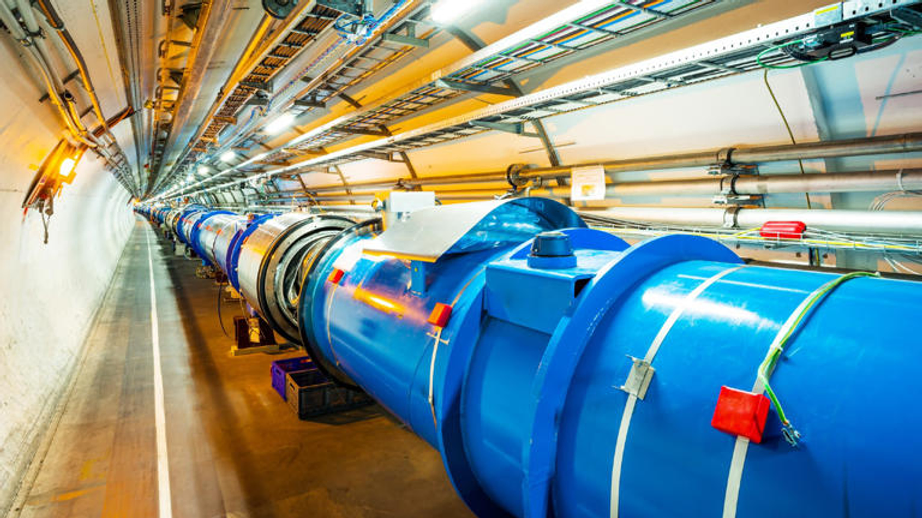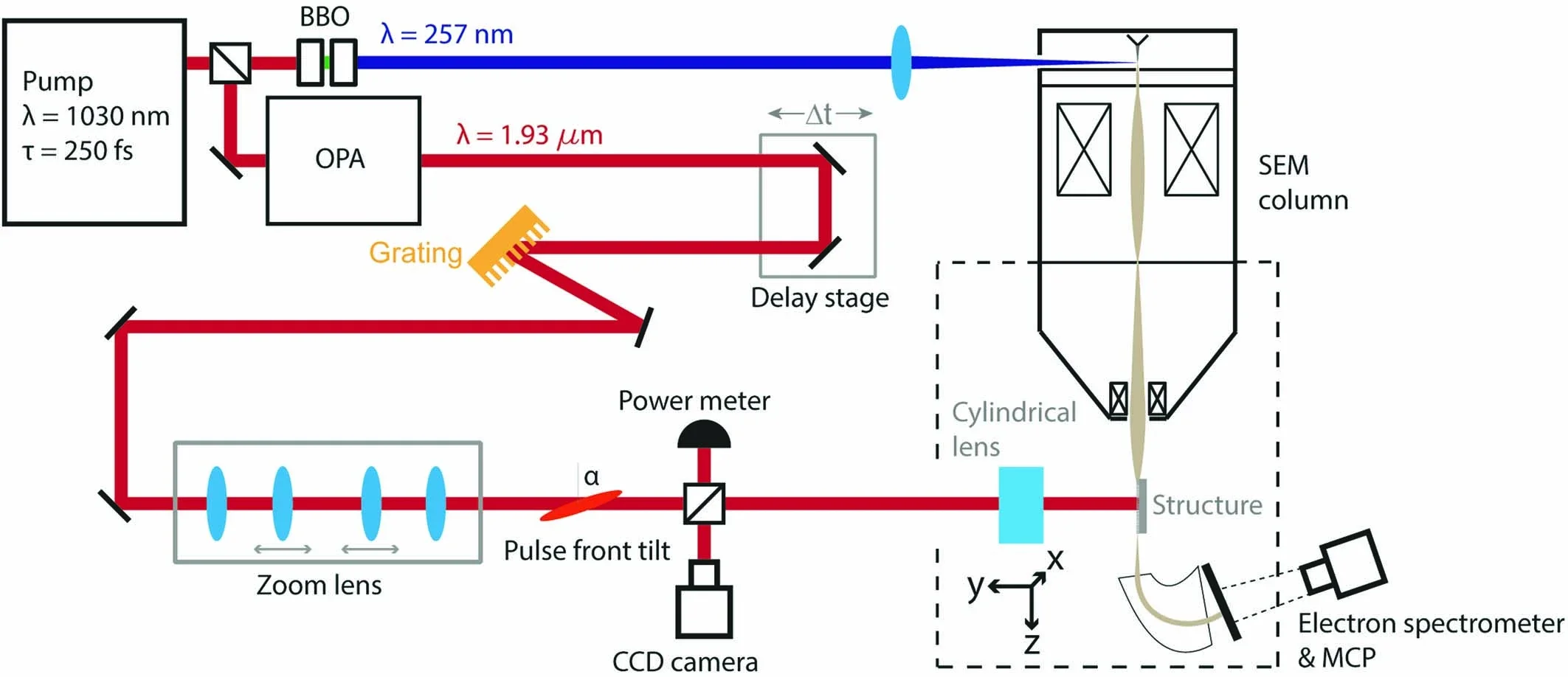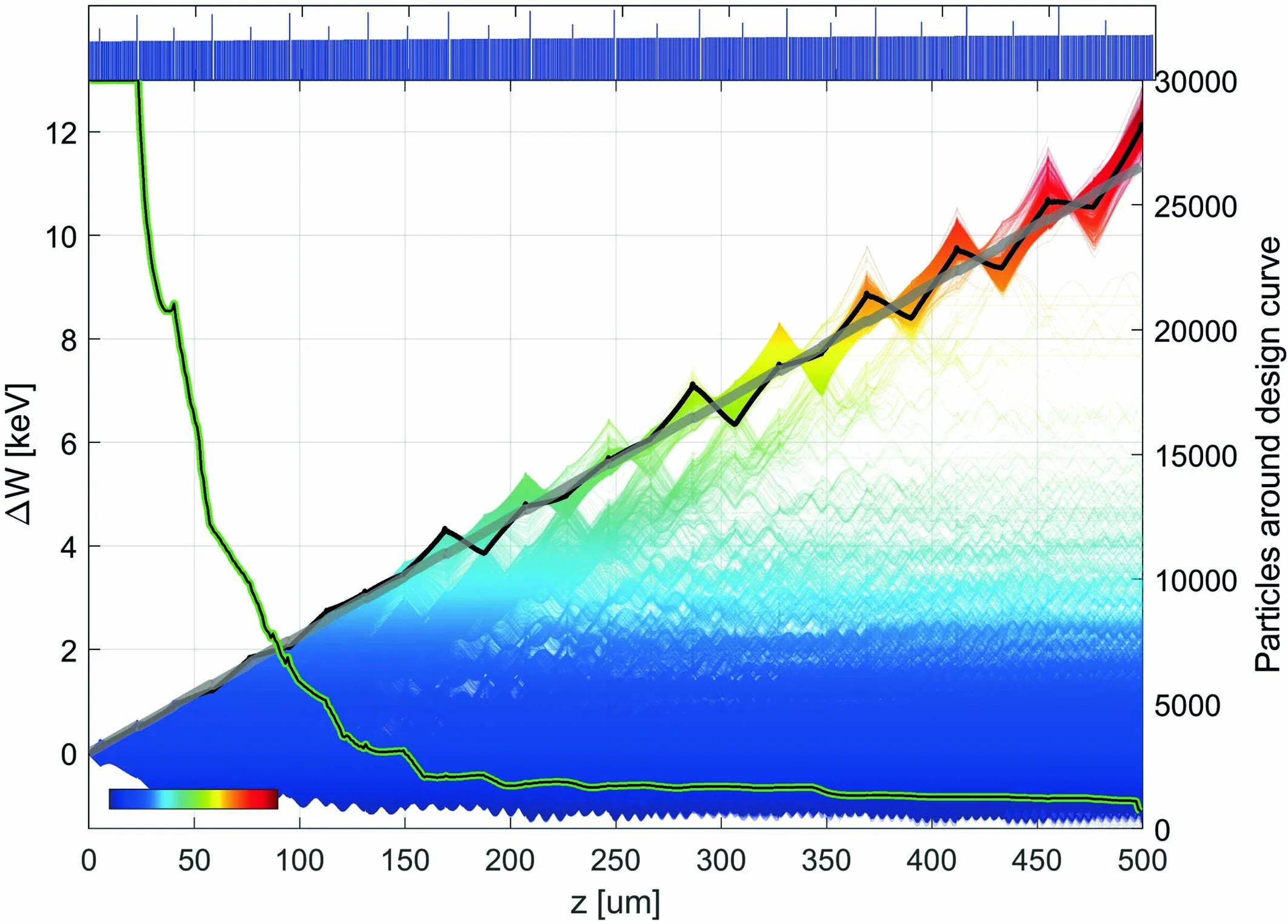Scientists have activated the smallest particle accelerator ever built—a tiny device roughly the size of a coin. This advancement opens new doors for particle acceleration, promising exciting possibilities for medicine, physics, and other scientific fields. It brings researchers closer than ever to portable, cost-effective accelerators.
Most particle accelerators today use large metal structures and radio-frequency waves to push particles forward. This traditional setup limits the size and increases the expense of building these machines. Current designs struggle with radio-frequency fields that only allow modest acceleration gradients, measured in megavolts per meter.
Researchers have now turned to dielectric materials, which handle much stronger optical fields. Unlike metal-based systems, these materials can sustain electric fields surpassing 10 gigavolts per meter. This capability means dielectric setups achieve significantly higher acceleration rates in dramatically smaller spaces.
At the heart of this new technology is the dielectric laser accelerator (DLA). It uses precisely designed nanophotonic structures to align laser-generated optical fields with moving charged particles. This synchronization creates acceleration rates up to 100 times greater than traditional systems, drastically shrinking the size and lowering the costs.
This new nanophotonic device measures just 500 micrometers—barely visible to the naked eye. To put it in perspective, it’s about 54 million times smaller than the massive accelerators currently used in particle physics experiments.

A key challenge in any accelerator is maintaining particle confinement to prevent energy loss. In the DLA, confinement occurs within a narrow, nanometer-wide channel, structured to keep electrons focused as they gain energy.
To overcome the focusing limitations posed by Earnshaw’s theorem, researchers employed an alternating phase focusing (APF) technique. This method alternates between focusing and defocusing forces to guide the electrons along their trajectory, ensuring consistent acceleration.
This device, called the nanophotonic electron accelerator (NEA), is a microchip containing a vacuum channel lined with thousands of tiny pillars. When laser beams strike these pillars, they generate the fields necessary to accelerate electrons through the structure.
Researchers at Friedrich–Alexander University of Erlangen–Nuremberg (FAU) in Germany successfully demonstrated the NEA’s capabilities by accelerating electrons from 28.4 kiloelectron volts (keV) to 40.7 keV, a 43% energy increase.
Related Stories
This milestone, published in Nature, marks the first successful demonstration of a nanophotonic electron accelerator—a concept first proposed in 2015.
“For the first time, we really can speak about a particle accelerator on a [micro]chip,” said Roy Shiloh, a physicist and co-author of the study. A team at Stanford University has reportedly achieved similar results, though their findings are still under review.
Unlike the LHC, which uses more than 9,000 superconducting magnets to accelerate particles to nearly the speed of light, the NEA relies on laser beams to excite the tiny pillars inside its structure. While this method is far less powerful, it is significantly more compact and energy-efficient.
The electrons accelerated by the NEA carry only about a millionth of the energy produced by the LHC. However, researchers believe they can enhance its power by incorporating new materials or stacking multiple acceleration structures. Even with improvements, the NEA will never rival large-scale colliders, but its strengths lie elsewhere.

The primary goal of developing miniaturized accelerators is not just high-energy physics but also practical applications in medicine. The high-energy electrons generated by the NEA could be used in precise radiotherapy techniques, potentially reducing the harmful side effects associated with conventional radiation treatments.
Tomáš Chlouba, the study’s lead author, envisions a future where miniaturized accelerators could be integrated into endoscopes for targeted cancer treatment. “If we can make a particle accelerator small enough to fit inside a medical device, we could deliver highly localized radiation directly to tumors,” Chlouba explained. However, he cautioned that such applications remain distant and will require further technological refinements.
The successful operation of the NEA marks a turning point in accelerator physics. While large-scale particle colliders will continue to play a crucial role in fundamental research, miniaturized accelerators could revolutionize medicine, materials science, and electronics.
The ability to produce high-energy electrons within a microscopic device opens the door to portable diagnostic tools, advanced imaging systems, and new methods for studying matter at the nanoscale.

As researchers refine the technology, the applications of nanophotonic accelerators will continue to expand, potentially reshaping multiple scientific and medical fields.
This tiny accelerator, no larger than a grain of rice, demonstrates that the future of high-energy physics is not just about building bigger machines—but also about making them smaller and more accessible.
Note: Materials provided above by The Brighter Side of News. Content may be edited for style and length.
Like these kind of feel good stories? Get The Brighter Side of News’ newsletter.
The post Tiny Particle Accelerator Is Millions of Times Smaller Than CERN’s Large Hadron Collider appeared first on The Brighter Side of News.
Leave a comment
You must be logged in to post a comment.